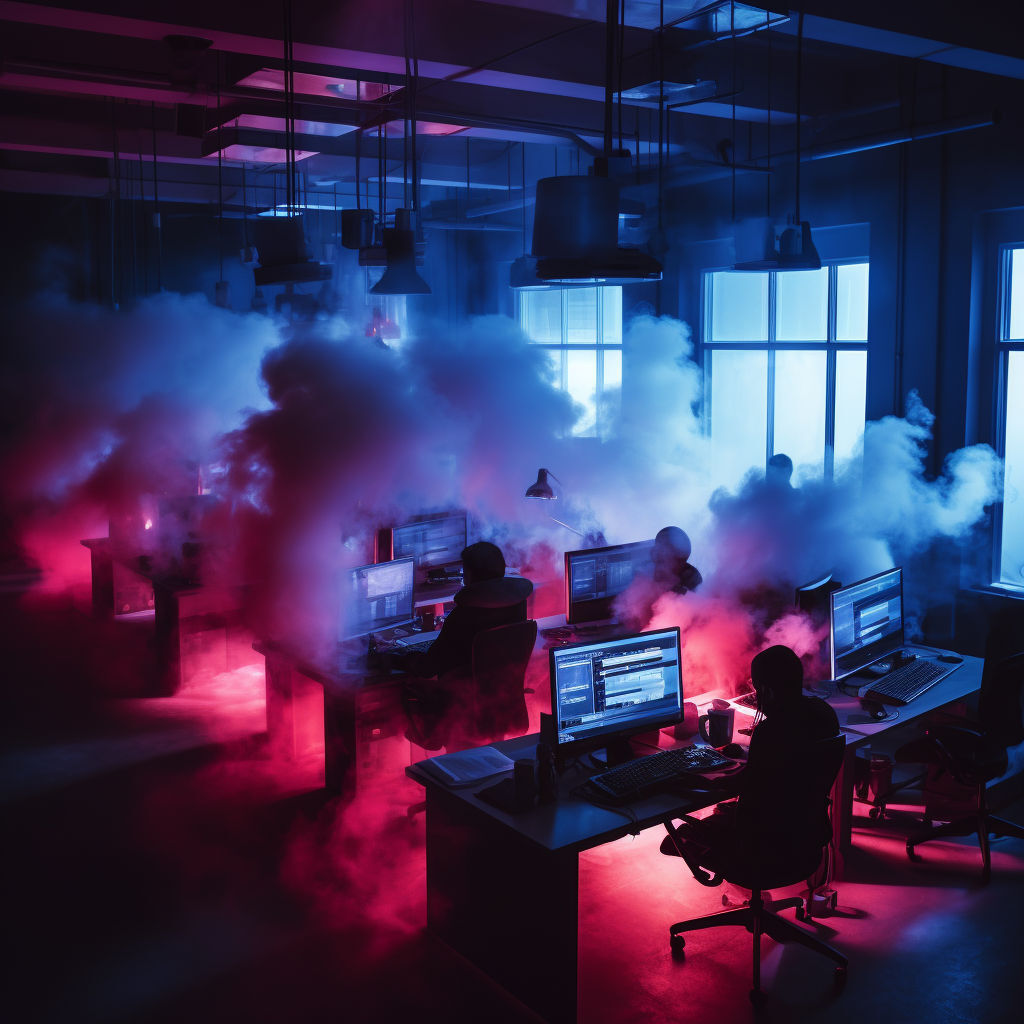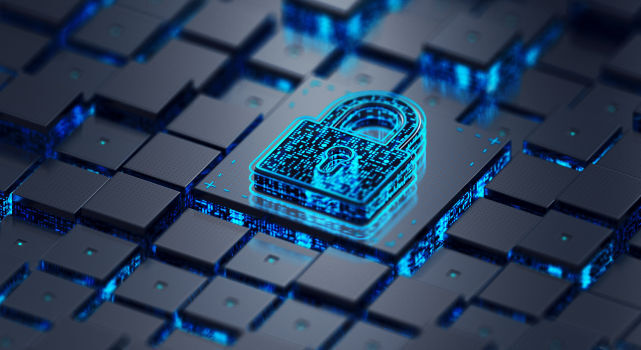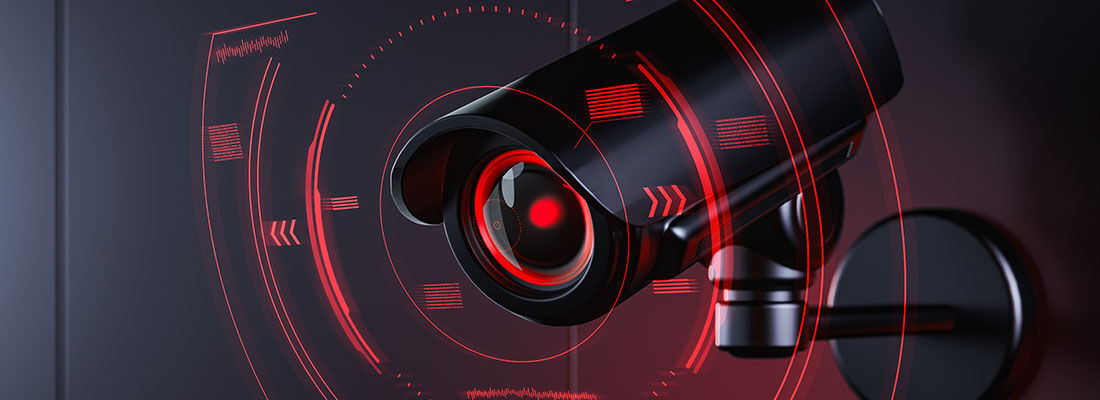Fornida Security
Securing today, Restoring tomorrow: Your Partners in Digital Resilience
Cyber Incident Management & Restoration
-
Detection and Analysis
Our team of technical advisors help identify, analyze the incident, its impact, and prioritize the response based on severity.
-
Containment
After establishing a plan, our Technical Advisors collaborate closely with our engineerings to assemble and dispatch a specialized team to limit its spread and prevent further damage.
-
Eradication
In this phase, the cause of the incident is removed, which may include deleting malware, disabling breached user accounts, or updating security policies.
-
Recovery
The main goal of the recovery phase is to restore affected systems and services to normal operations. This involves repairing or reinstalling compromised systems, restoring data from backups, and ensuring that all systems are functioning as intended.
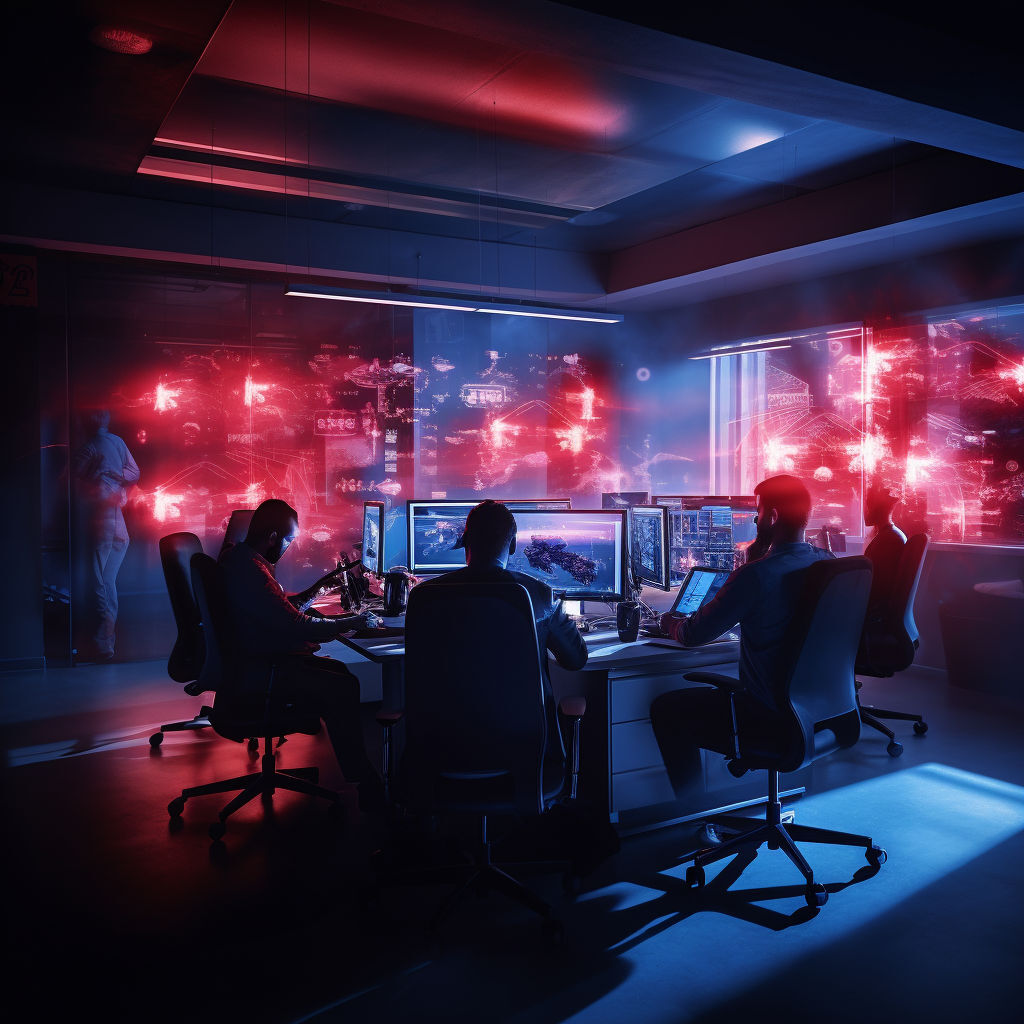
Validation
Before fully reinstating the network or affected systems, it's crucial to validate that the threat has been completely eradicated and that the systems are secure. This might include a thorough scan for remnants of malware and vulnerabilities that could lead to a recurrence
Monitoring
After systems are restored, continuous monitoring is necessary to ensure that they remain secure and to detect any anomalies that might suggest residual issues or a recurrence of the incident.
Performance Assessment
Assessing the performance of the restored systems is essential to ensure they are operating at the required levels and to benchmark their functionality against pre-incident performance.
Data Recovery
Critical data that may have been corrupted or encrypted by the attack is recovered from backups. It's important to ensure that these backups were not compromised and to perform integrity checks on the recovered data.
System Updates and Patches
If the incident exploited particular vulnerabilities, this step involves applying necessary patches and updates to systems to prevent similar attacks.
Security Posture Enhancement
After an incident, it’s often necessary to enhance the security posture of the organization to prevent future incidents. This could involve updating security policies, implementing new security measures, and conducting training sessions for staff.
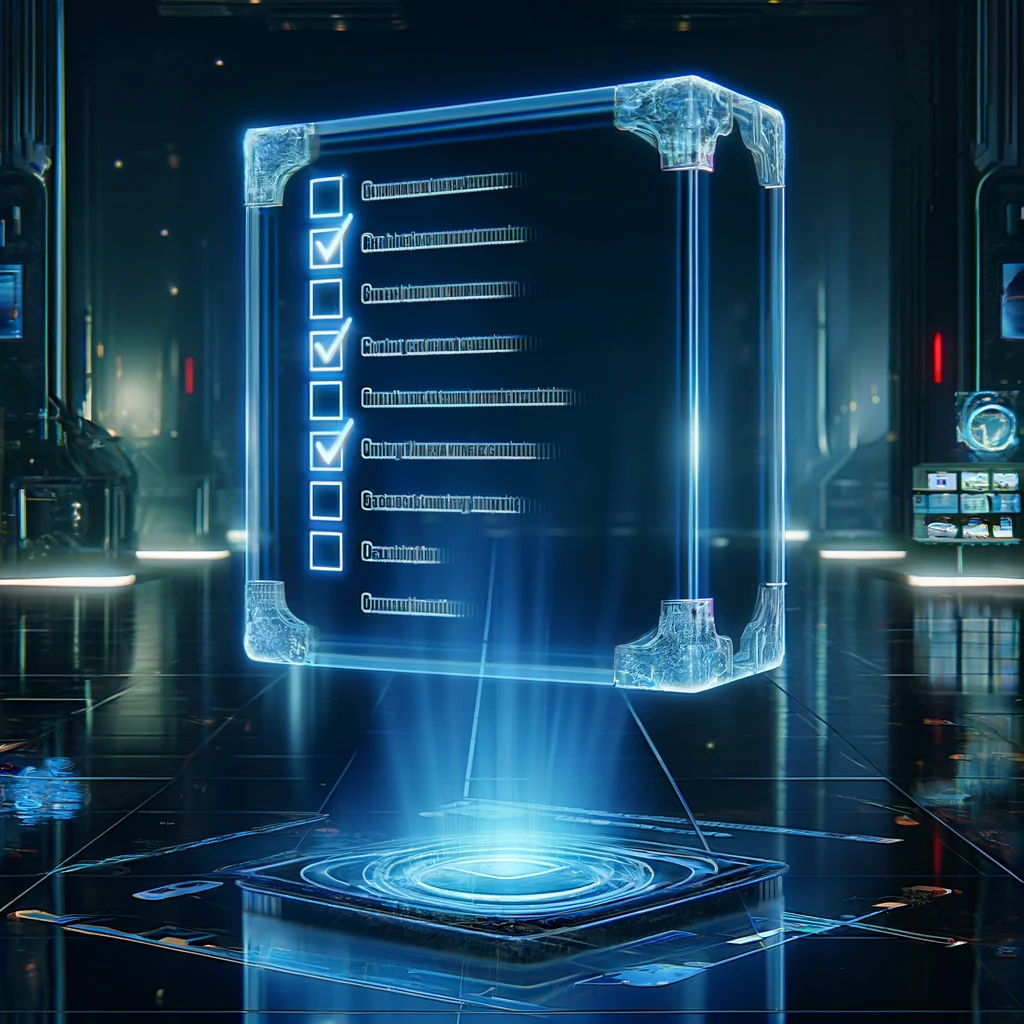
Top 10 Actions to Take Following a Cyber Attack
Responding quickly and effectively to a cyber attack is crucial in limiting damage and protecting data. It helps maintain an organization's reputation, ensures regulatory compliance, and minimizes financial losses. Prompt action also provides insights for strengthening future cybersecurity, making it a vital aspect of managing digital threats.
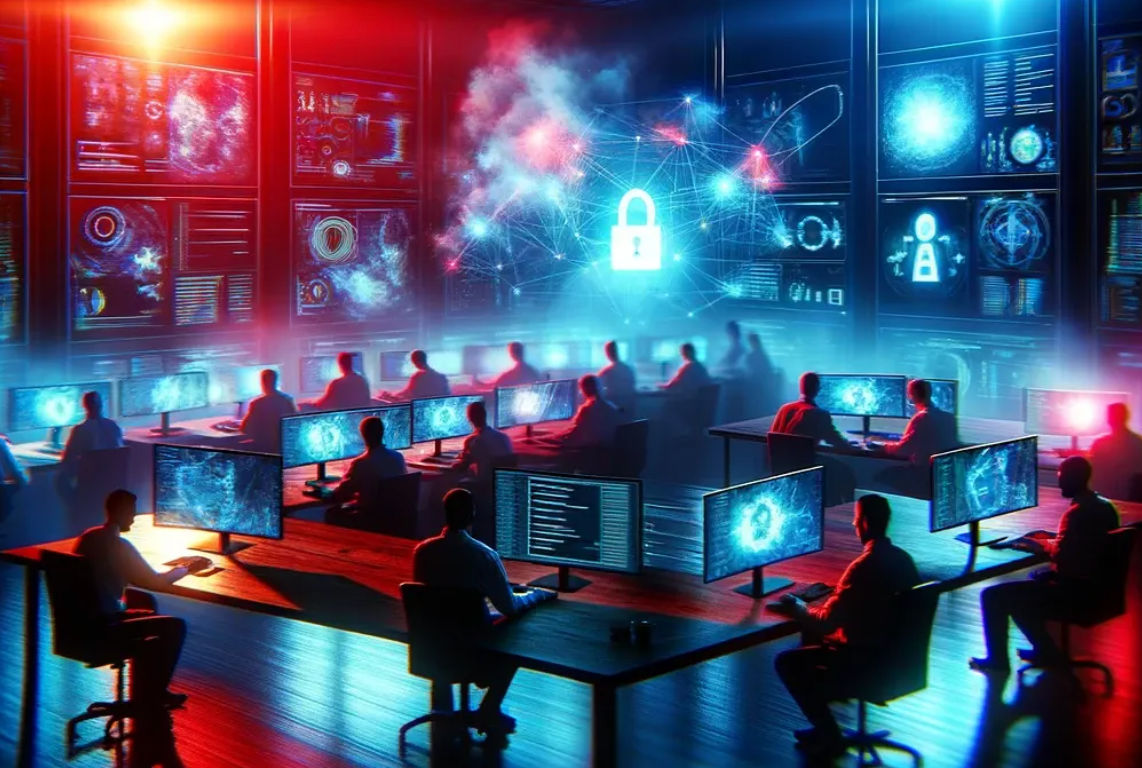
AI Penetration Testing vs. Human Penetration Testing: Navigating the Future of Cybersecurity
In the ever-changing cybersecurity landscape, penetration testing is key to identifying vulnerabilities before they're exploited. While traditionally led by human experts, AI has now emerged as a formidable force in penetration testing. At Fornida, we're pioneering the integration of these advanced technologies, exploring the strengths and differences between AI-driven and human-led approaches to cybersecurity.
Cybersecurity
-
What is Cybersecurity?
Cybersecurity involves the use of technologies, processes, and policies to secure computers, networks, and data from a wide range of cyber threats, including viruses, malware, phishing attacks, hacking attempts, and other types of cyberattacks.
-
How Fornida approaches Cybersecurity
Fornida aims to ensure the confidentiality, integrity, and availability of digital assets by implementing a range of measures, such as access control, encryption, data backup, monitoring, and incident response planning.
-
Why partner with Fornida?
Fornida can provide businesses with a comprehensive cybersecurity strategy that covers all aspects of security, from threat detection and response to compliance management. By partnering with Fornida, businesses can ensure that their digital assets are protected from cyber threats and that they are well-prepared to respond to security incidents.

Email Security
DMARC, DKIM, and SPF are important tools for preventing email fraud and phishing attacks by verifying the authenticity of email messages.
Managed 2FA
Managed 2FA (Two-Factor Authentication) is a security solution that provides an additional layer of protection beyond a username and password to access a digital account or system.
Encrypted Workstations
Encrypted workstations use encryption to protect data stored on the hard drive from unauthorized access. Encryption is the process of converting data into a format that can only be read by someone who has the key to decrypt it.
Cybersecurity Training
By educating employees and stakeholders about cybersecurity best practices, organizations can reduce the risk of cyber-attacks and improve their overall security posture.
Advanced EDR
Advanced Endpoint Detection and Response (EDR) solutions go beyond traditional antivirus software and firewalls to provide real-time visibility into endpoint activity and detect advanced threats that may evade traditional security measures.
24x7 Workstation and Sever SOC
The primary function of a SOC (Security Operations Center) is to detect and respond to security incidents in real-time, helping to minimize the impact of cyber-attacks and other security threats.

AI Penetration Testing vs. Human Penetration Testing: Navigating the Future of Cybersecurity
In the ever-changing cybersecurity landscape, penetration testing is key to identifying vulnerabilities before they're exploited. While traditionally led by human experts, AI has now emerged as a formidable force in penetration testing. At Fornida, we're pioneering the integration of these advanced technologies, exploring the strengths and differences between AI-driven and human-led approaches to cybersecurity.
Physical Security
-
What is Physical Security?
Physical security refers to a range of measures taken to protect physical assets such as buildings, facilities, and equipment from unauthorized access, theft, damage, or destruction.
-
AI Technology using Physical Security
AI technology can be used to analyze data from various sources, such as video surveillance footage, access logs, and sensor readings, to identify potential security threats in real-time.
-
Video Management Software & Services
A video management system (VMS) is a software-based solution that provides a centralized platform for monitoring, storing, and retrieving video data from multiple cameras or locations.
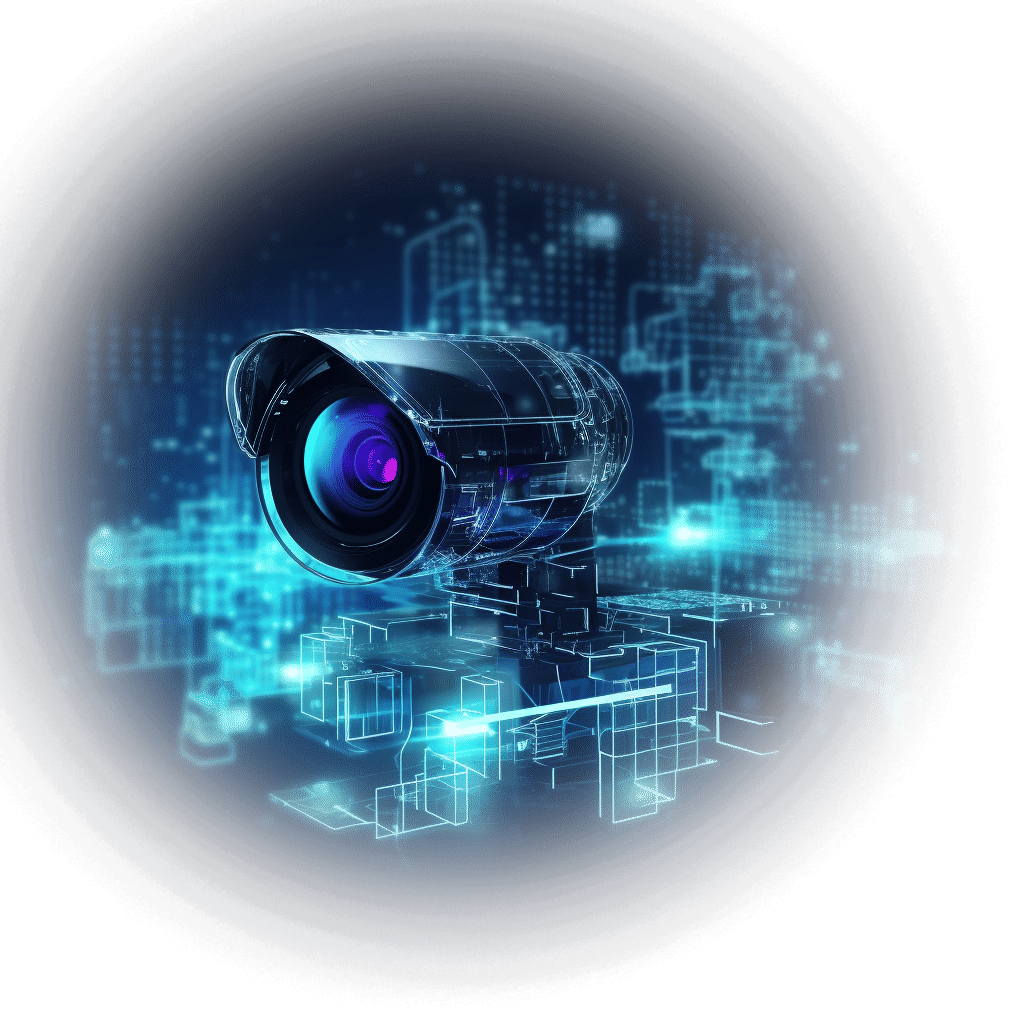
Access Control
Controlling access to buildings or facilities through measures such as biometric identification, key cards, or security guards.
Surveillance
Monitoring the premises with the help of cameras, motion sensors, or other detection systems
AI Video Analytics
AI-based video analytics can be used to automatically detect suspicious behavior or objects in real-time, such as a person carrying a weapon or a package left unattended in a public area.
Comprehensive Solution
VMS can integrate with other security systems, such as access control systems or alarm systems. This integration enables synchronized video playback with associated events and triggers, enhancing situational awareness.
Video Playback and Analysis
VMS enables users to review recorded video footage, search for specific events or incidents, and extract relevant video clips. It often includes features like motion detection, video analytics, and object tracking to aid in post-event analysis.

